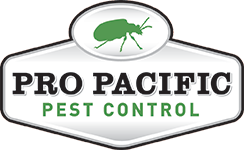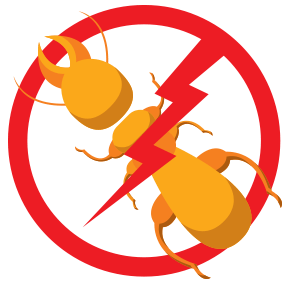Plant development controllers, defoliants, and desiccants are named pesticides in Federal regulations. These synthetic compounds are utilized on plants to modify ordinary plant processes somehow or another. Ingesting too much will kill or truly harm the plants. A plant development controller will accelerate, stop, impede, drag-out, advance, begin, or in some alternate way impact vegetative or conceptive development of a plant. These synthetics are here and there called development controllers or plant controllers. Pest Control Essex are utilized, for instance, to thin apples, control suckers on tobacco, control the tallness of a few flower pruned plants, advance thick development of ornamentals, and invigorate establishing. A defoliant makes the leaves drop from plants without killing the plants. A desiccant speeds up the drying of plant leaves, stems, or plants. Desiccants and defoliants are frequently called “reap help” synthetic substances. They ordinarily are utilized to make reaping of a yield simpler or to propel the hour of gather. They are regularly utilized on cotton, soybeans, tomatoes, and potatoes.

Arthropods
This gathering of invertebrate creatures is described by having a hard outer skeleton and sectioned legs and bodies. They incorporate bugs, insects, scorpions, millipedes, centipedes, ticks, and parasites. There are a greater number of sorts of bugs on earth than any remaining living creatures consolidated. They can be separated into three classifications as per their importance to individuals. Environmentally significant About 99 % of all species are in this classification. They don’t straightforwardly help or mischief individuals, yet they are pivotal in the food web. They are nourishment for birds, fish, well-evolved creatures, reptiles, creatures of land and water, sea-going life, and different bugs. A few eliminate creature squanders and dead plants and creatures, returning supplements to the climate.
Valuable bugs – A little however significant gathering are the hunters and parasites that feed on hurtful bugs, bugs, and weeds. Models are ladybird insects, a few bugs, ground scarabs, tachinid flies, asking mantids, and numerous minuscule parasitic wasps. Likewise in this class are the pollinating bugs, like honey bees and bumblebees, a few months, butterflies, and bugs. Disastrous bugs – feed on, make injury, or send illness to individuals, creatures, plants, food, fiber, and constructions. This class incorporates, for instance, aphids, bugs, bugs, mosquitoes, caterpillars, and termites.
Actual Characteristics
All grown-up bugs share two actual attributes practically speaking. They have three sets of jointed legs, and they have three body locales – the head, chest, and mid-region. The head has to receive wires, eyes, and mouthparts. Receiving wires fluctuate in size and shape and can be an assistance in recognizing some vermin bugs. Bugs have compound eyes comprised of numerous singular eyes. These compound eyes empower bugs to recognize movement, yet they presumably can’t see clear pictures. The four general kinds of mouthparts are: biting, puncturing sucking, wiping, and siphoning.
Biting mouthparts contain toothed jaws that chomp and tear. Cockroaches, insects, creepy crawlies, caterpillars, and grasshoppers are in this gathering. Penetrating sucking mouthparts comprise a long thin cylinder that is constrained into plant or creature tissue to suck out liquids or blood. Bugs with these mouthparts incorporate stable flies, sucking lice, kissing bugs, mosquitoes, genuine bugs, and aphids. Wiping mouthparts are cylindrical tongue-like constructions with an elastic tip to suck up fluids or dissolvable food. This kind of mouthpart is found in tissue flies, blowflies, and house flies. Siphoning mouthparts are shaped into a long cylinder for sucking nectar. Butterflies and moths have this sort.




